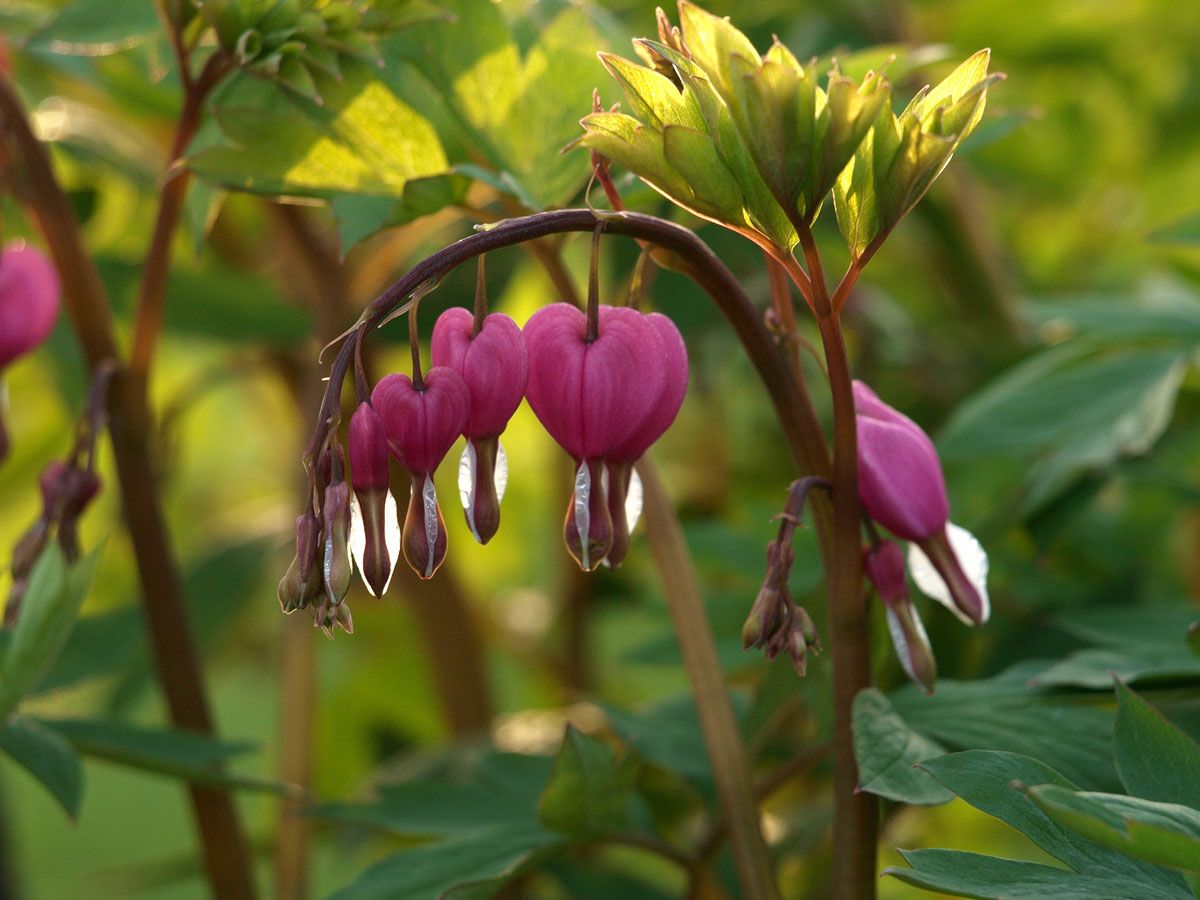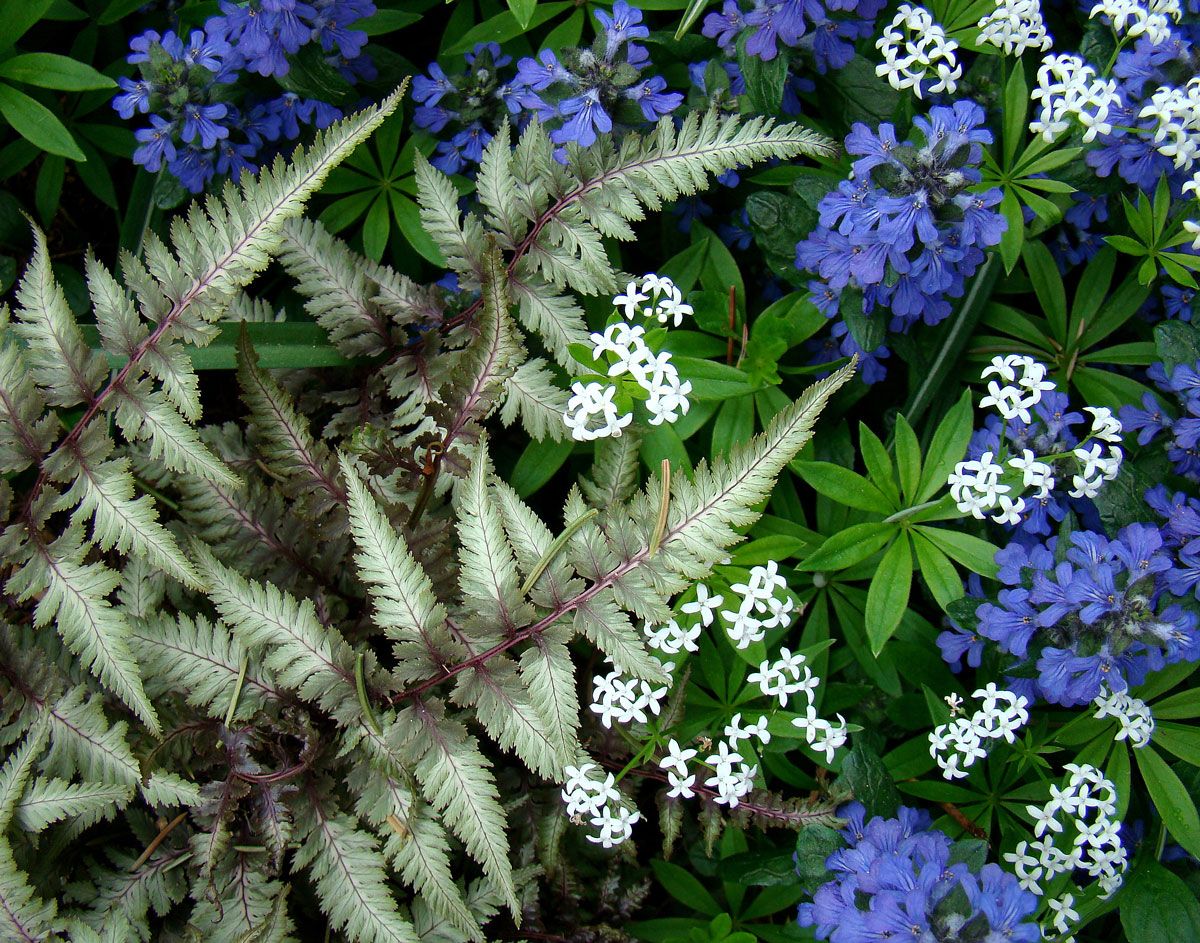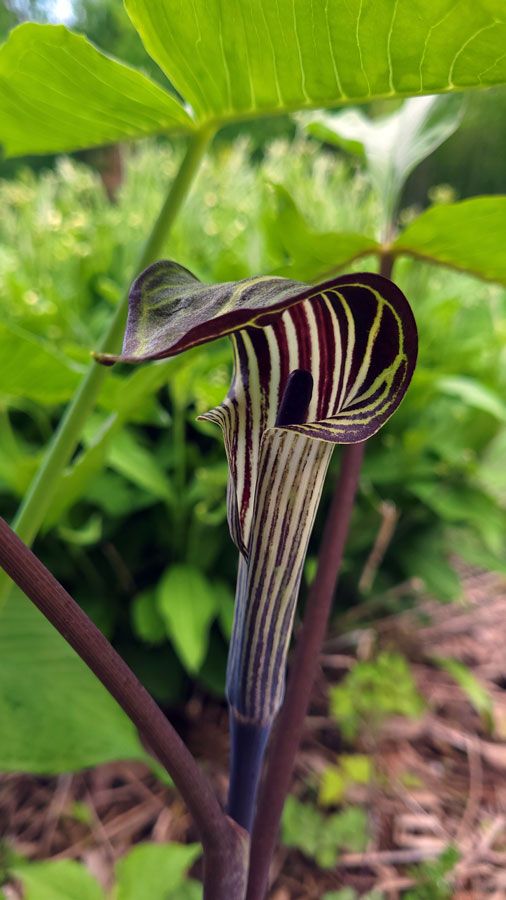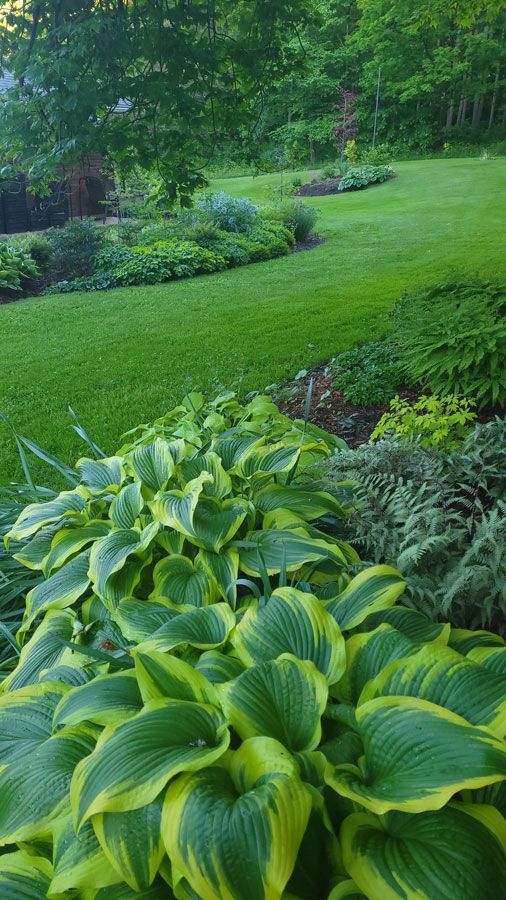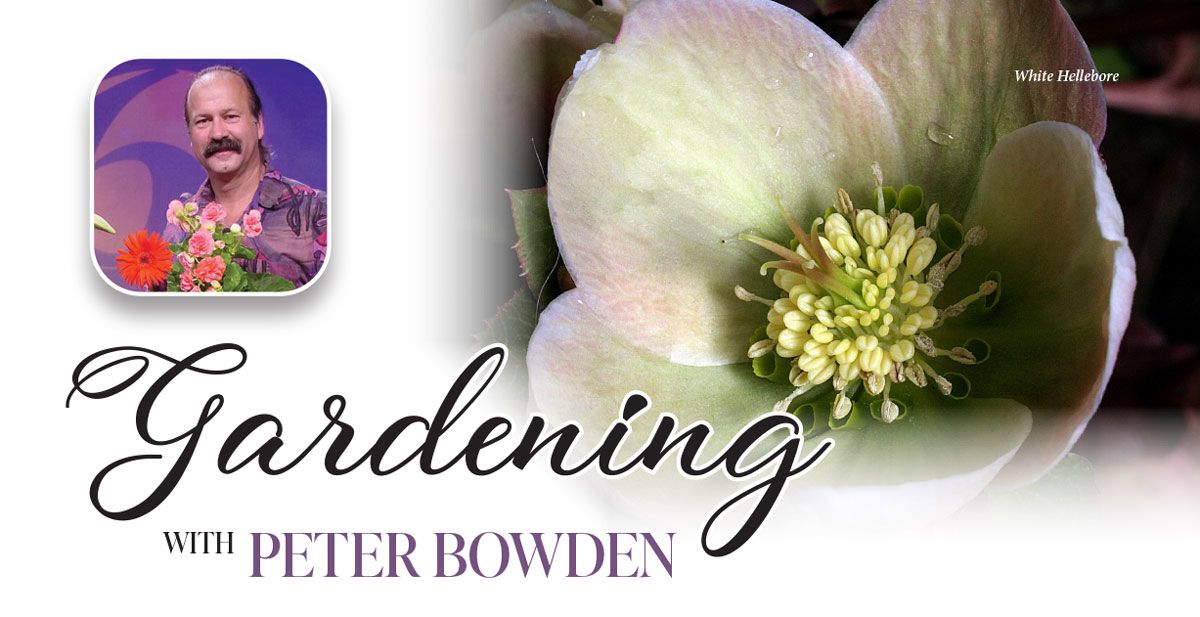
Made in the Shade
When most folks are buying a house, the last thing on their mind is gardening and landscaping. They want a nice shady yard that is cool in the summer. Here in the forested Upstate New York, most yards have that lovely shade since builders usually leave as many trees as possible.
Once they have settled into their home, people start thinking about planting flowerbeds. They’ll buy rose bushes, daisies, peonies, and other classic garden plants that they’ve seen in their neighborhood or in magazines. After a year or two, those plants are struggling and not performing as they hoped. This is simply due to an excess of wishful thinking when choosing plants.
In my 40 years of selling plants to people, I’ve realized that many are overly optimistic about how much light their yard is getting. They’ll read the tag on a plant and see that it needs “full sun,” and they can picture the sun hitting the spot they have in mind for the plant they want. That spot may only have sun for an hour or two during the entire day, but their wishful thinking makes that plant in their hand a perfect fit. In reality, “full sun” means that plant needs a minimum of 6 hours of unobstructed sun, and to be honest, most full sun plants like roses need 8 to 10 hours of direct sun a day.
What most of these yards have, is “part sun” and “part shade” which are interchangeable terms that describe areas getting 3 to 6 hours of direct sun a day. Less than 3 hours of sun is called “full shade.” The sooner the home gardener accepts this reality, the better their choices become and the more success they will have.
Since the choices of trees and shrubs for shade are quite limited, herbaceous perennials are often the mainstay of the shady garden. When visiting the garden center for shade perennials, you won’t find them available all at once since they tend to arrive as they come into season and look their best. Read the tags and ask lots of questions. While you will find most perennials will require full sun, there are many great options for shade…let me share some of my favorites.
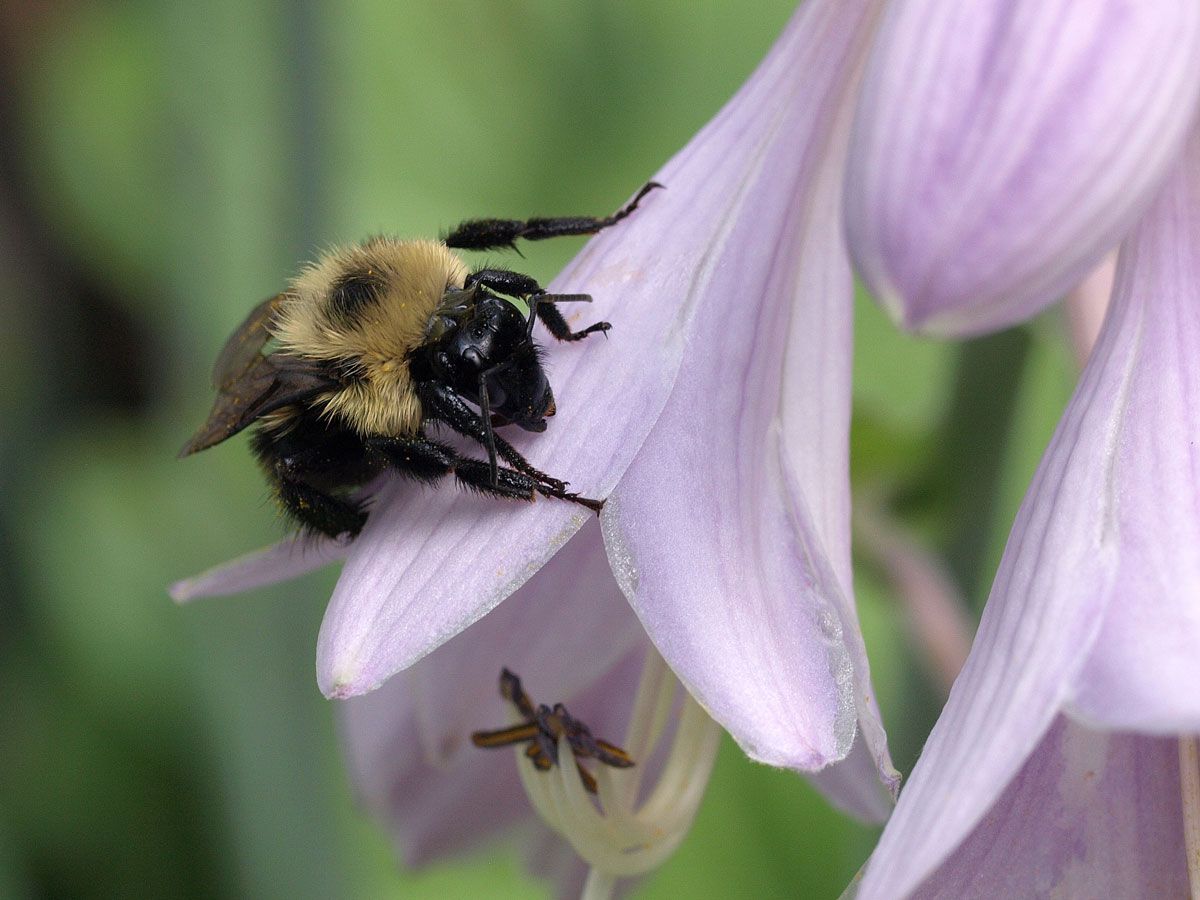
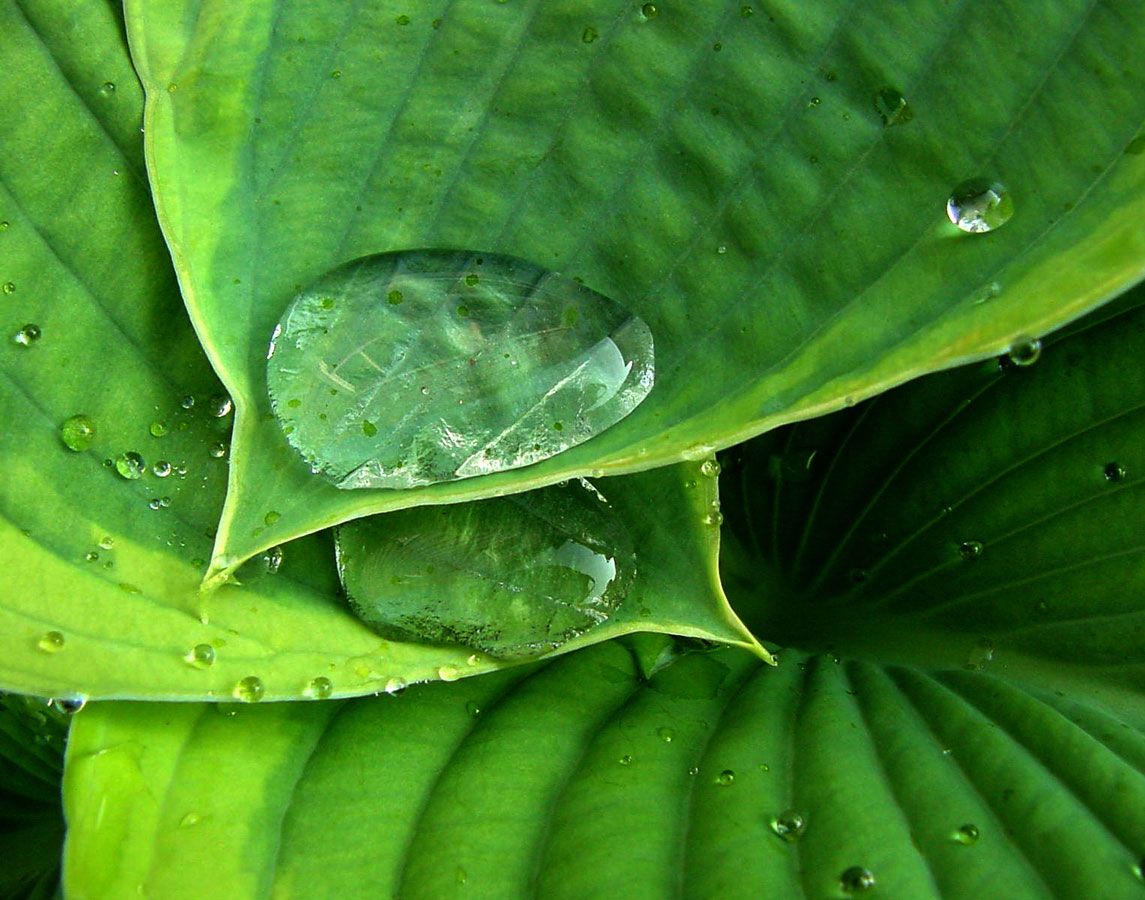
Hosta. Many folks reject hostas thinking they are boring or common. If you can shake off that prejudice and look a little closer, you’ll find that there are tiny hostas like Venusta that only get 6” tall. Kabitan, Ginko, Craig and Stiletto have slender, wavy leaves and stay under 18” in height. Then there are the large hostas that will have the size and presence of small shrubs in the shade. Sum and Substance, Montana and Krossa Regal are all present in my beds. These large hostas add a tropical feel to cool shade. All hostas will produce beautiful flowers in summer that are a treat to pollinators and a great source of nectar to the hummingbirds.
Epimedium have become popular and rightfully so. They produce drifts of tiny ornate flowers in red, pinks and yellows and the foliage will bronze at the edges adding interest even after the flowers are done.
Heuchera, heucherella and tierella provide interesting texture to shade beds and are available in lots of different foliage colors. They are wonderful for filling in among the larger shade plants.
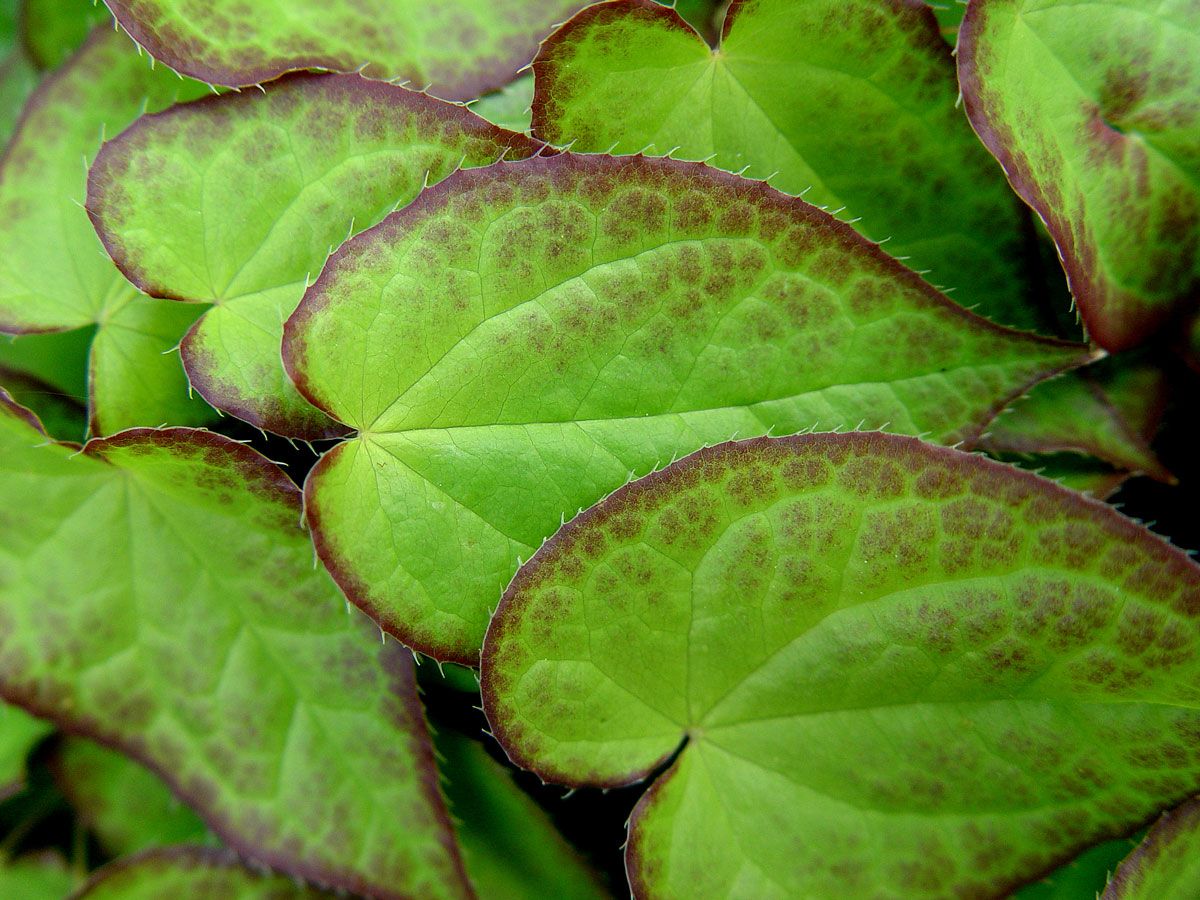
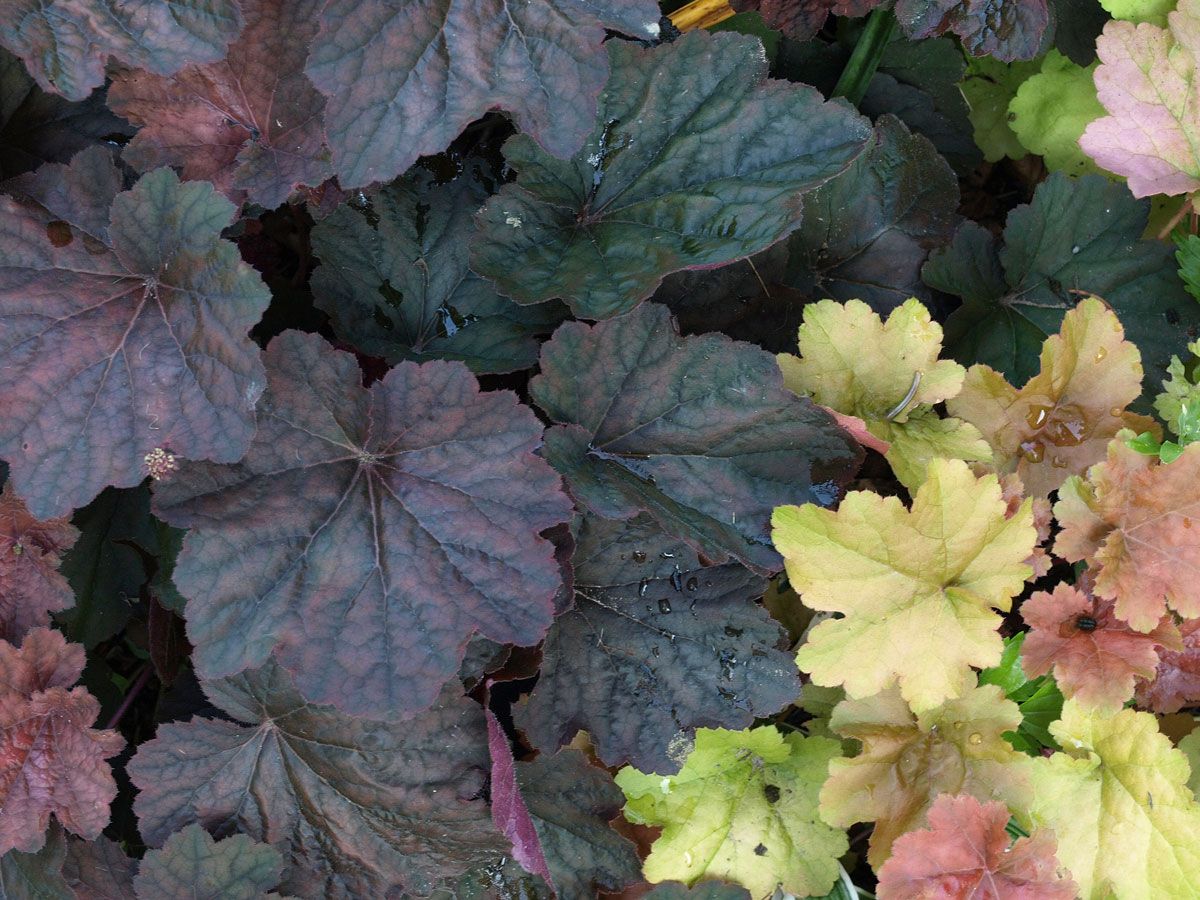
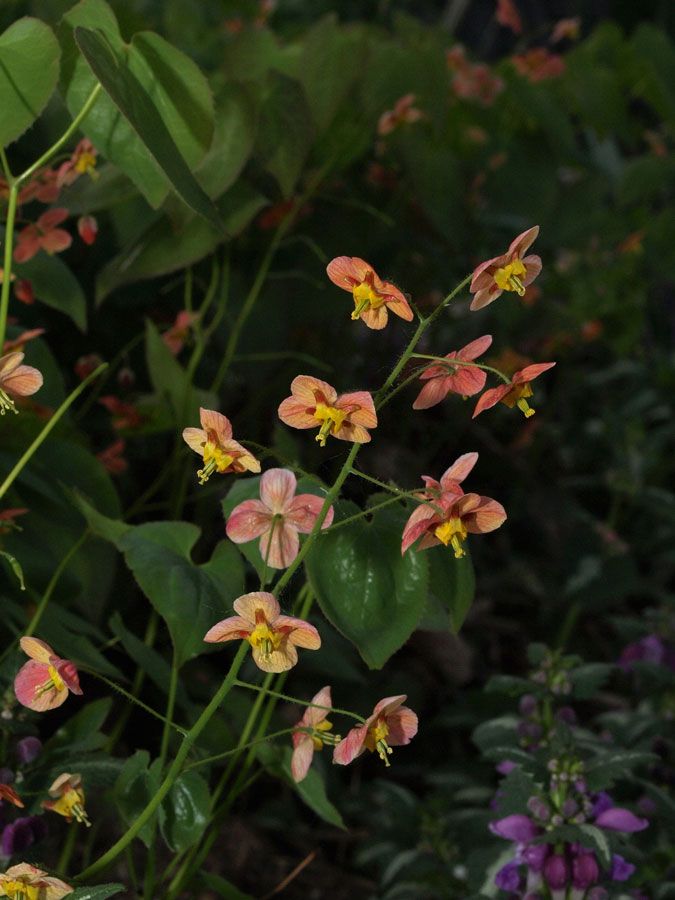
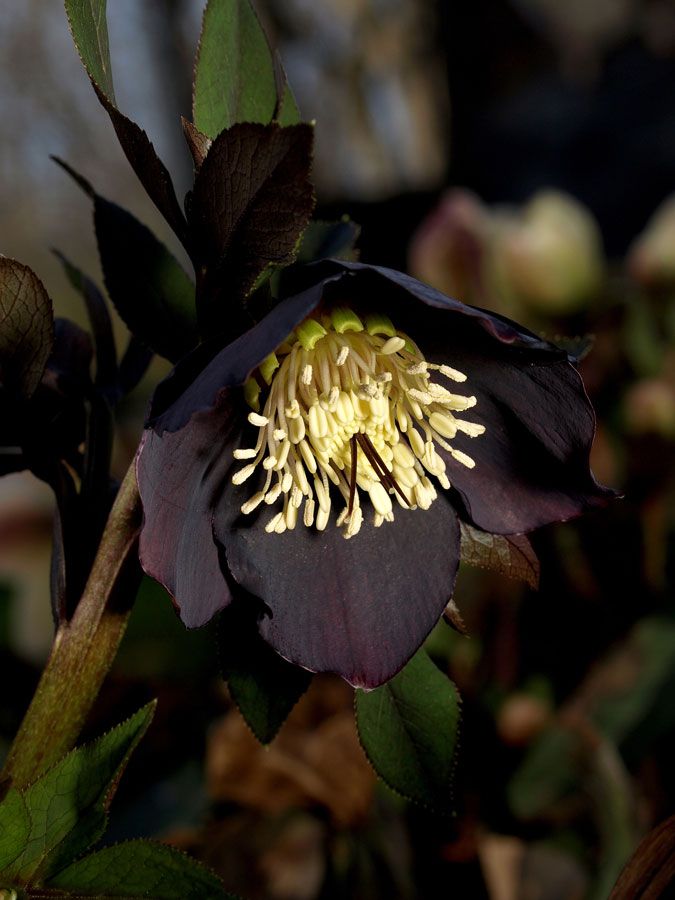
Bleeding Hearts are always popular with more varieties introduced every year. They flower early and can be cut back to flower again later in the season. Grandma loved them and so will you.
Ferns are a natural for shade gardens, and the colorful Japanese Painted Fern always catches the eye of anyone who tours the beds.
I could go on and on about primrose, Meadow Rue, Hellebore and other shade plants but I’ll let the images speak for them. The plants that make your shade garden stand out will be those with colorful foliage and interesting textures. Shade beds offer prolonged beauty with less maintenance and less watering. There’s a lot to love about shade gardening.
Thanks for the read!
